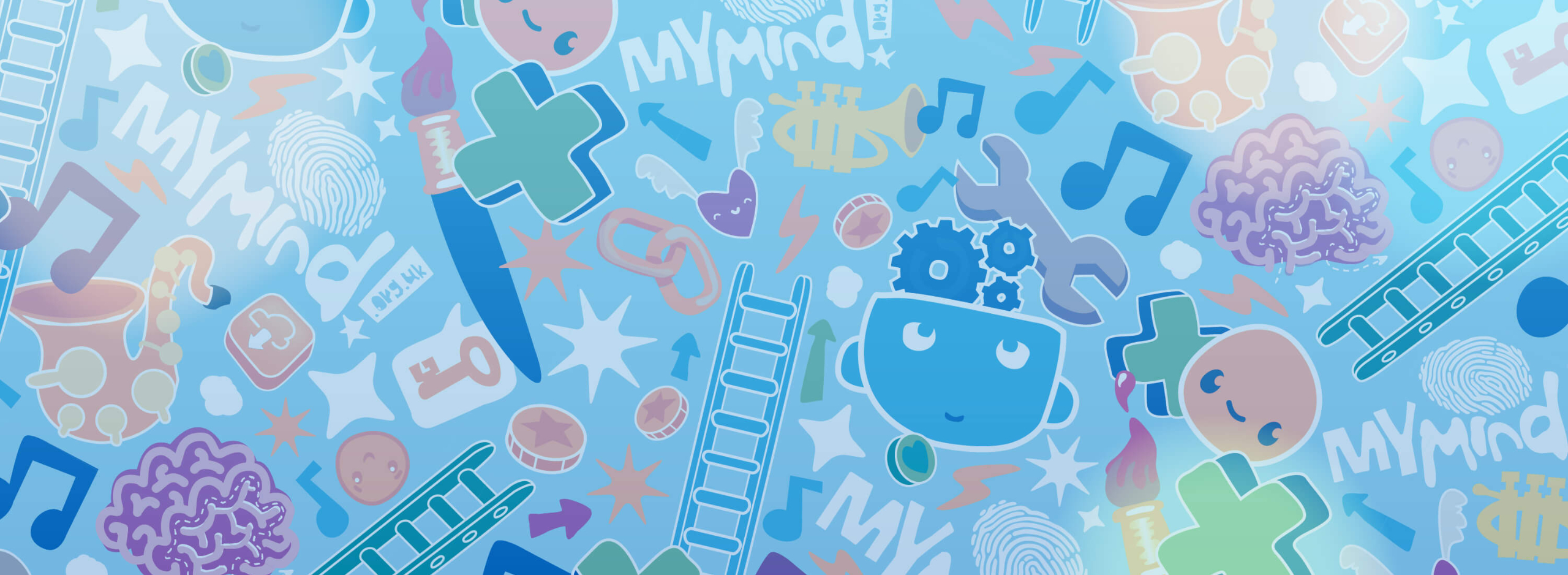If you've submitted a referral into Children and Young People's Mental Health Services (CYPMHS), either for yourself or for someone else, you may be wondering what happens next.
We follow a pathway for all referrals coming into CYPMHS - this helps us make sure all children and young people receive the right support and ensure a consistent approach to how we manage all the referrals coming into our service.
We have outlined our referral pathway below as an step-by-step process. You can open out the tabs below to find out more about each step of the journey.
The fir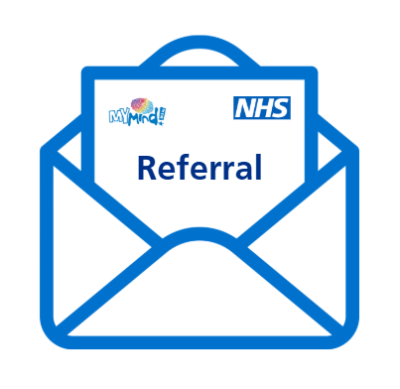
We also receive referrals from health and care professionals like GPs.
You can find out more about the criteria we use at CYPMHS to review our referrals here.
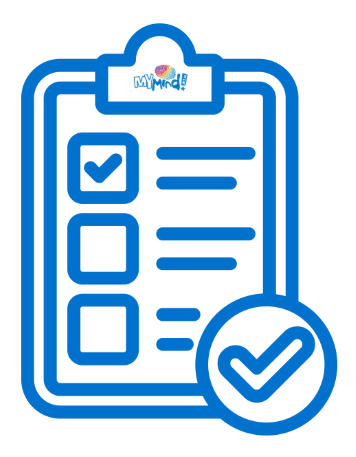
If at this point, the child or young person doesn't meet the criteria for CYPMHS, we will signpost them to other local services that can better meet their needs. You can find out more about all the services that are available to help here.
You won’t need to tell your story over and over though - we work closely with other services to make this easier.
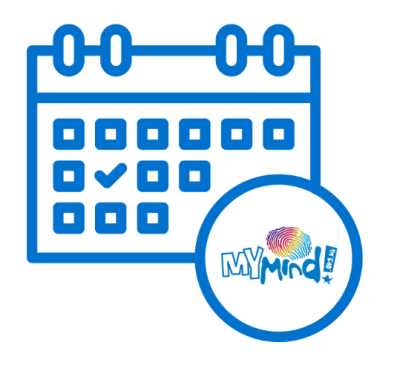
What is a Choice Appointment?
During the Choice Appointment, you'll meet with one of our friendly team. The aim of the Choice appointment is to:
- Learn more about the child or young person and the difficulties you are experiencing
- Talk about what you and your family need help with
- Start thinking about what kind of help might work best for you
You don’t need to prepare anything - just come as you are. You can bring a parent, carer or trusted adult with you.
What could happen after this appointment?
At the end of the Choice Appointment, the young person and their family might:
- Decide they don’t need any more help from the service
- Be given details of another service that may be more suitable
- Choose to continue working with CYPMHS
If they choose to continue, they’ll be offered another appointment with CYPMHS. These ongoing sessions are known as Partnership Appointments.
The first Choice Appointment can take as long as needed to reach a decision that everyone agrees on. When a decision is made, we call this a Choice Point. This means everyone (including the young person and their family) agrees on what the next step should be.
How long will I have to wait for the Choice Appointment?
Waiting times for Choice appointments can vary. We post our average waiting times for CYPMHS on the 'waiting times' page on the MyMind website. These waiting times are updated each month.
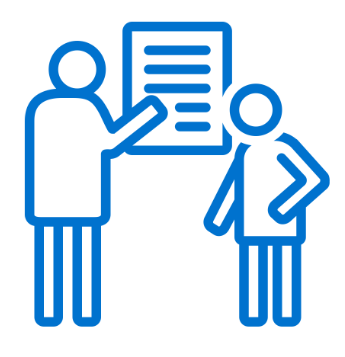
This is to make sure:
- Everyone agrees it’s the best next step
- The young person gets the right care and support
The team works together to double-check the plan and make sure nothing is missed.
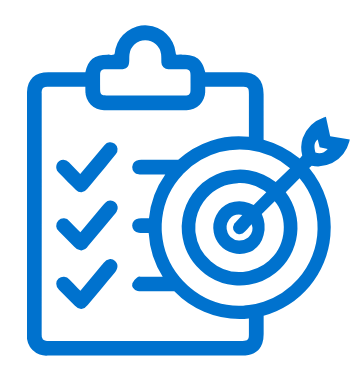
-
What the young person is going through – their feelings, behaviour, and any problems they’re facing
-
What usually works – using trusted information and research to guide support
-
What the young person wants – what kind of help or changes they’re hoping for
-
Making a plan together – agreeing what should happen next
The clinician will share their thoughts with the wider team and suggest what kind of support or service might best help.
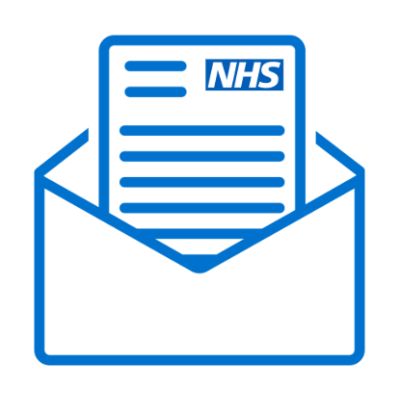
The young person will be offered one of the following:
- A series of Partnership appointments with one of our NHS Children and Young People's Mental Health Services (CYPMHS) - this could be the 0-18 CYPMHS team, our eating disorder services, or our learning disability services.
- Signposting to another service that is better placed to help - sometimes CYPMHS isn't the best service to help. If we think another service can help better, we'll guide you there but you'll never be left without advice or a plan. You can find out more about all the services that are available to help here.
- Discharge from CYPMHS with advice and recommendations.

